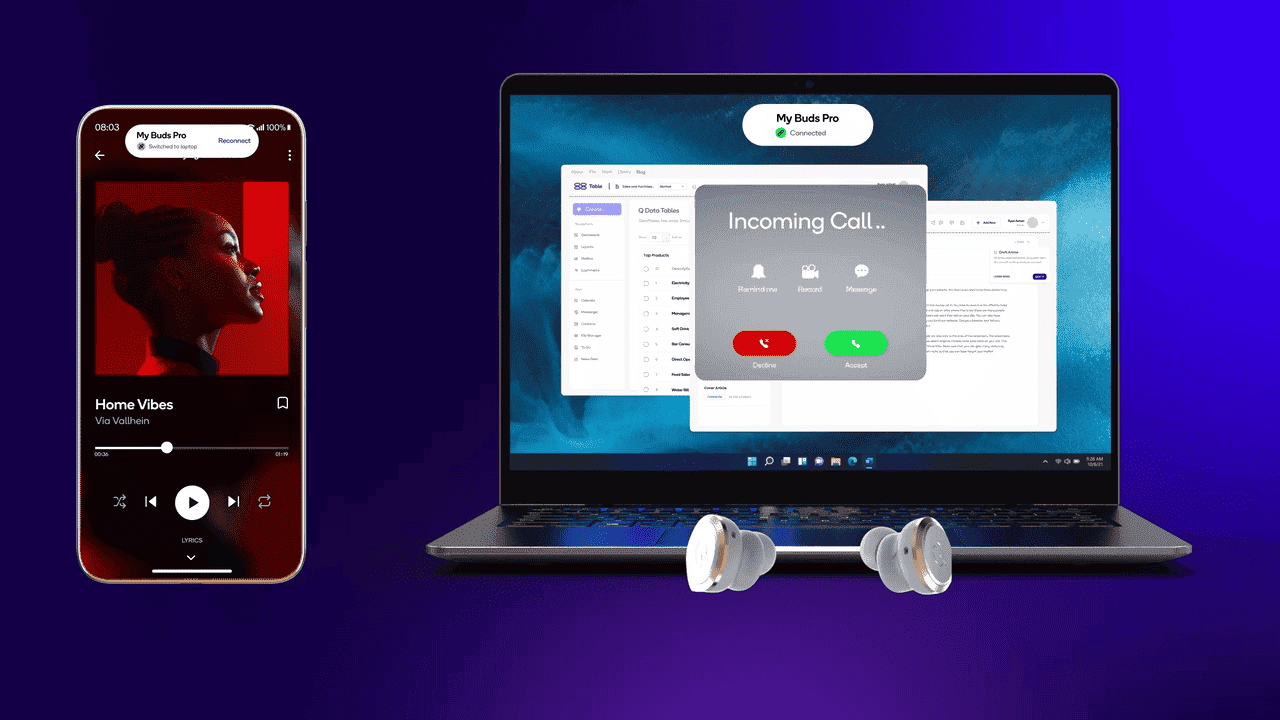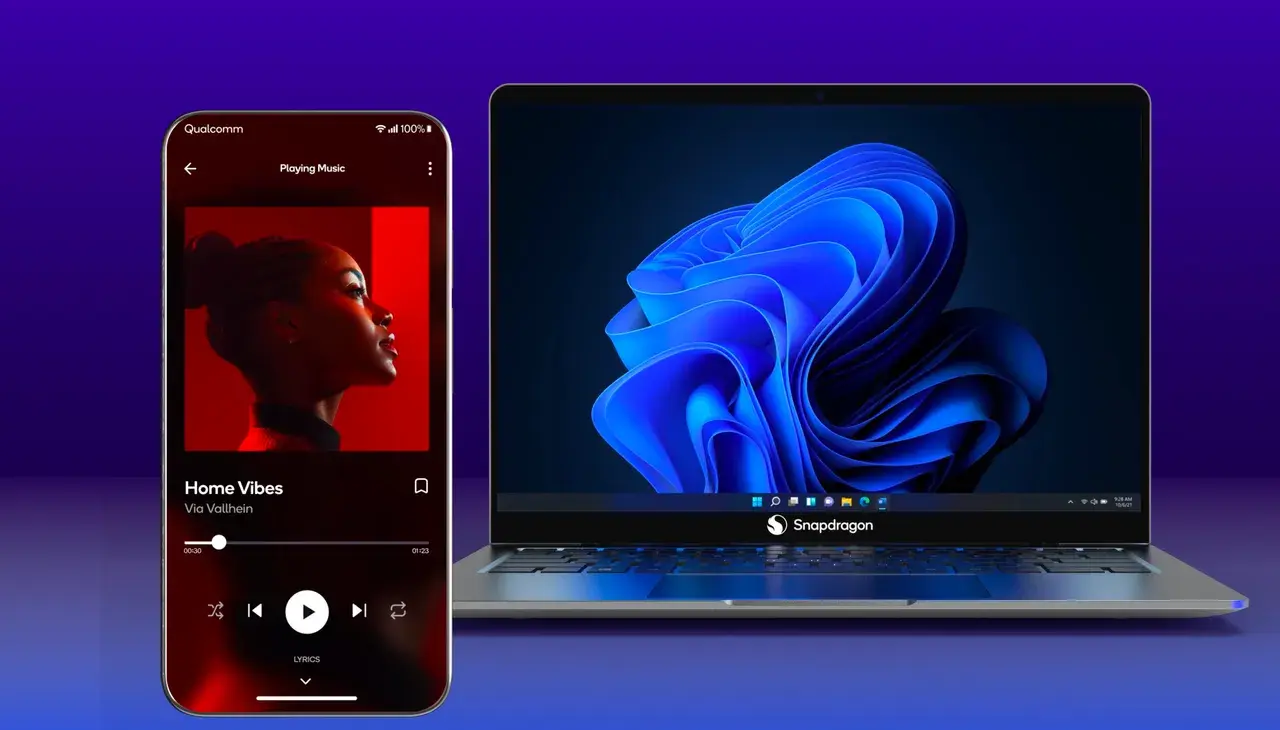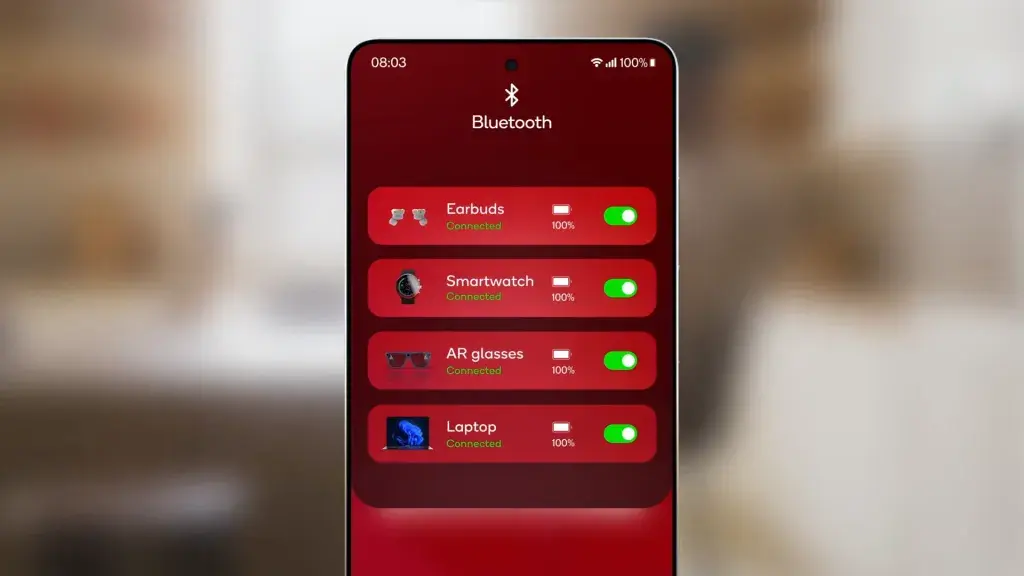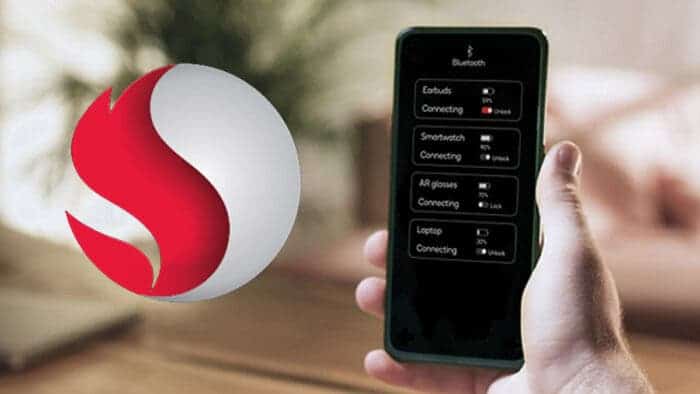During the Snapdragon Summit in late October, Qualcomm introduced a new method enabling automatic connectivity across devices. These devices include phones, PCs, tablets, headphones, and accessories, resembling Apple’s seamless interaction. Device manufacturers can achieve this by integrating Qualcomm’s system into their products. This will streamline connectivity within a broader ecosystem.
Turning this vision into reality involves integrating software protocols on devices. The process is straightforward, and due to minimal hardware requirements, it’s feasible for both new and older products. The success of Qualcomm’s Snapdragon Seamless depends on whether device manufacturers embrace its integration. It also depends on how well it functions, leaving its potential impact to be witnessed.
The concept highlights the attractiveness of Apple’s seamless interoperability among its proprietary devices. Whether it’s AirPods connecting instantly to iPhones or the fluid use of iMessage. Or file sharing across Apple devices, this synergy has retained user loyalty. Qualcomm’s aspiration to replicate this harmony across various brands could potentially usher in a new era of interconnected personal devices. It will offer users a broader ecosystem akin to Apple’s.
In a statement, the senior director of product management in charge of seamless at Qualcomm, Kabir Kasargod said:
“The goal for us is across-the-board interoperability to defragment across all of these different platforms. Across manufacturers, across different operating systems.”
During the Summit, Qualcomm emphasized PC and mobile chips featuring on-device AI. However, the Seamless integration was a recurring theme in almost every presentation. Attendees were given the opportunity to experience the product firsthand through a demonstration. After witnessing the presentation, further exploration was necessary to understand the potential benefits of Qualcomm’s Seamless technology.
Snapdragon Seamless Workflow 
In a demo room featuring various Snapdragon-powered devices, Qualcomm arranged a photo booth to illustrate the Seamless workflow. Using an Honor phone, there was a photo session reminiscent of a yearbook shoot. Following the shoot, an attendant on a laptop seamlessly transferred the photos from the phone using a separate keyboard and mouse. This initiated photo editing. It showcased the interconnected capability of four devices through the Seamless integration.
The initial demonstration showed promise. Notably, devices don’t necessarily require Qualcomm’s chips to function with the Seamless system. However, if they do use Qualcomm’s chips, they can benefit from enhanced capabilities. The sensor-packed Sensing Hub within Snapdragon chips enables richer experiences. This includes communication even when devices are locked with screens off or in sleep mode.
Snapdragon Seamless will Provide Easy Continuity Between Devices
Snapdragon Seamless offers more than just file transfer; it introduces the concept of continuity between multiple devices. Imagine writing a document or playing a game and seamlessly continuing your progress on another device nearby. This interconnected experience opens up new possibilities for fluid and uninterrupted workflows across different devices.
While continuity over the cloud exists with services like Google Drive, Qualcomm envisions Seamless providing a more seamless experience by quietly managing continuity in the background between adjacent devices. Currently, Seamless utilizes multiple connectivity layers, including Bluetooth, Wi-Fi, ultrawideband, and even cellular signals, enabling devices to maintain contact with each other. This multifaceted approach aims to enhance the efficiency of device interactions beyond what traditional cloud-based services offer.
Practicality of Snapdragon Seamless 
The responsiveness and immediacy of Seamless could enable remote activation of the camera on another device. Similar to Apple’s ecosystem where an Apple Watch can trigger the shutter on a paired iPhone, envision the appeal of achieving the same with Android and Windows devices. During the photo shoot demo, the attendant clicked the shutter button on the Honor phone using a nearby laptop, showcasing the potential of Seamless for diverse device interactions.
In another Seamless demo at the Summit, the technology showcased the ability for earbuds to seamlessly transition audio based on the device in use, akin to Apple’s AirPods shifting between iPads, iPhones, and Macs. Furthermore, if a call comes in, the audio intelligently switches to it in what is described as “an intelligent handshake” where contextual information guides the user’s attention, leading the earbuds to follow suit.
Qualcomm isn’t alone in seeking to emulate Apple’s ecosystem interoperability. Google, during CES 2022, expressed its efforts to enhance Android’s compatibility with devices running Wear OS, Chrome OS, Windows, and Matter smart home software. Additionally, Intel introduced its Unison software in September 2022, enabling message exchange and notifications between Android and iOS phones. The tech industry is evidently exploring ways to create seamless connectivity across diverse devices and platforms.
Snapdragon Seamless will Make it Easier for Windows and Android devices Work Together 
Snapdragon Seamless facilitates interoperability between Windows and Android devices through a software library, and Qualcomm is in the process of developing one for Linux. For simpler interactions, Seamless can be incorporated via Windows or Android apps. However, for more intricate interactions, installing the Seamless software library at the operating system layer is required, emphasizing its versatility across different levels of device integration.
Implementing Snapdragon Seamless requires device makers to make decisions regarding the information shared between devices. While certain information is automatically discoverable during connective interactions, any private data necessitates encryption or authentication for access, emphasizing the importance of security and privacy considerations in the implementation of this technology.
The functionality of Seamless is constrained by a device’s hardware, particularly its connectivity options. For instance, if manufacturers aim to use Seamless for unlocking car doors, the device must incorporate ultrawideband functionality. Use cases demanding continuous connections without excessive battery drain necessitate devices to support Bluetooth low energy. These hardware considerations underscore the importance of tailoring devices to specific use cases when implementing the Seamless protocol.
How Device can Use Snapdragon Seamless
The potential for how devices communicate with each other is vast. In a Q&A session at the Snapdragon Summit, Dino Bekis, the Vice President and General Manager of Wearables and Mixed Signal Solutions at Qualcomm, provided an example of how devices could utilize Seamless to share information about the quality of connectivity in their respective locations. This highlights the versatility and adaptability of Seamless in facilitating various forms of data exchange between devices.
Bekis went further to explain this new technology by using real life example. In his explanation, he said:
“Maybe here [where I’m standing] I don’t sense [signal] congestion off my earbuds and my laptop on the other side of the room is saying hey, there’s a lot of congestion over here. Maybe the earbuds would prioritize stronger connectivity if the user walked into a more congested area. The real question for manufacturers is, “now that I have all this extra information, how do I want to use it to deliver a better end-user experience?”
How Snapdragon Seamless can Work with XR
Seamless opens up possibilities in extended reality (XR). A demo at the Summit showcased a potential scenario: wearing a smartwatch and XR headset while exercising, with a phone recording the workout. Through Seamless, these devices could seamlessly communicate and stream data-rich workout information in real-time to a trainer. This illustrates how Seamless can enhance collaborative experiences across multiple devices in XR scenarios.
In a technical deep-dive, another scenario emerged: a person playing a game on their phone while wearing an XR headset. Through Seamless communication, the headset automatically displayed a topographical map of the phone game, providing location and enemy information without any manual input from the player. This exemplifies the potential for immersive and context-aware experiences facilitated by Seamless across different devices.
Most Modern CPUs Have AI Tied In 
At the Snapdragon Summit, much of the focus on artificial intelligence centered on integrating generative AI at the hardware level. Notably, the Snapdragon X Elite for PC laptops and Snapdragon 8 Gen 3 for phones feature on-device generative AI capabilities. These devices can independently execute queries and employ AI techniques, such as expanding photos without relying on the cloud, showcasing the advancements in on-device AI processing.
Seamless presents an opportunity to integrate AI capabilities across multiple devices, as highlighted by Kedar Kondap, Senior Vice President and General Manager of Compute and Gaming at Qualcomm. The widespread adoption of on-device AI across phones, PCs, and other platforms will lead to an expansion of diverse and practical use cases, showcasing the potential for collaborative and intelligent interactions in various contexts.
“The more pervasive [Seamless] becomes, the better it is across the board to be able to use AI and seamlessly leverage the NPU and AI engine capabilities across multiple devices,” Kondap explained.
The Journey in Implementing Seamless
Qualcomm’s pitch for Snapdragon Seamless on stage resonated with an obvious appeal. Addressing a significant challenge in connectivity between Android and Windows devices, the project aims to emulate the seamless integration achieved within Apple’s ecosystem. Anshel Sag, Principal Analyst at Moor Insights and Strategy, notes the aspirational nature of Seamless in bridging this connectivity gap.
“People deserve a more coherent cross-device experience, and Seamless is without a doubt the first step in making that possible,” remarked Anshel Sag, Principal Analyst at Moor Insights and Strategy. However, he acknowledged that Qualcomm has work ahead, stating, “Qualcomm has made some strides, but there’s still a long way to go and lots of OEMs who need convincing.” The journey towards achieving a seamless cross-device experience is recognized as a significant step forward, but there are challenges ahead in garnering support from original equipment manufacturers (OEMs).
Qualcomm is aware of the effort required to bring manufacturers on board, recognizing the natural inclination for companies to focus on their own products rather than considering devices as part of a broader ecosystem beyond brands. The challenge lies in encouraging a mindset that fosters collaboration and interoperability among devices from different manufacturers.
From an end-user perspective, Kasargod emphasizes the potential for devices from different manufacturers within a household to communicate and create novel experiences. The overarching goal for Qualcomm is to empower partners, enabling them to standardize and unify their ecosystems in a way that promotes seamless connectivity and collaboration among diverse devices.





